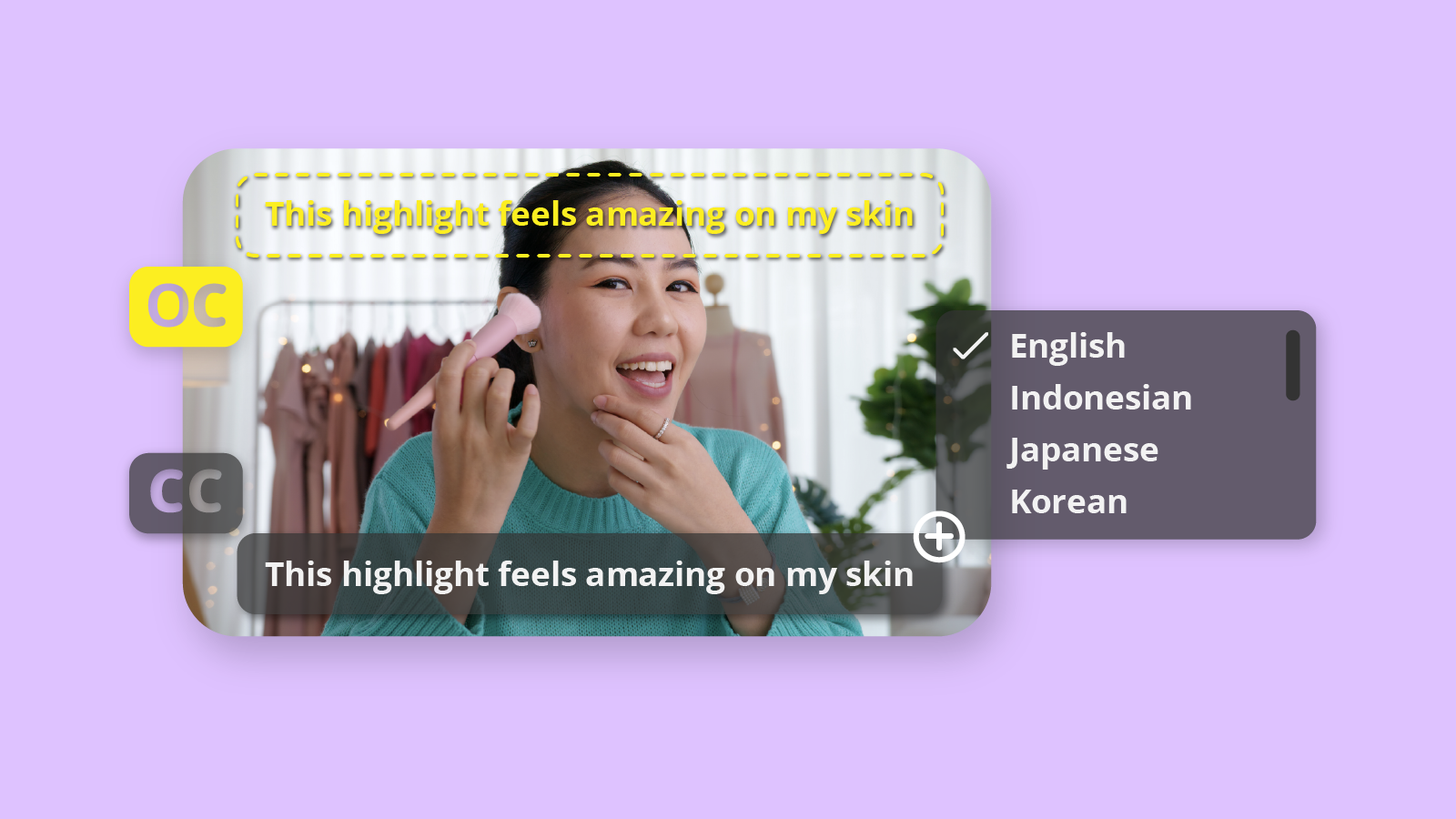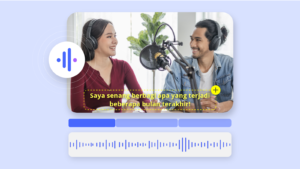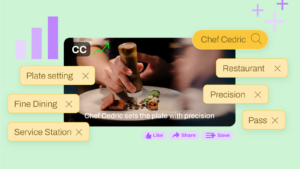What are captions?
Video captions, sometimes also known as subtitles, are on-screen texts that show what is spoken in the video. It can also identify speakers and describe other relevant sounds that are otherwise inaccessible to people who are deaf or hard of hearing. Captions can either be open or closed, and it is important to know the difference if you’re producing video content.
Open captions are added directly to the video or media player and cannot turned off. On the other hand, closed captions are uploaded together with videos as .srt files, which gives viewers the option to turn it off.
When to use open captions
Some website’s hosting services do not provide a closed caption option. In this case, you should use open captions and hard-code your captions into the video file.
Most social media platforms give the option to toggle captions on and off, but some may not have the captions automatically switch on when viewers start watching your video.
While most social media platforms give the option to toggle the captions on and off, they may not be automatically switched on when viewers chance upon your video. This means that if your video is meant for these social media channels, you might opt to use open captions. This is because most consumers do not watch videos with sound on on mobile, and 80% of consumers are more likely to watch an entire video when there are captions. Rather than leaving it up to consumers to take the extra steps to toggle the captions, put on open captions to increase the watchability of your videos!
Examples of open captions:
- A video in a foreign language that most of your audience do not speak
- In movies when characters start speaking in a different language
When to use closed captions
It is always a good to give your viewers the option to customise their viewing experience. Some viewers may find open captions to be distracting and using closed captions gives them a choice. With closed captions, you can even provide captions in different languages so your audience can select their preferred language. Closed captions are highly recommended for platforms like YouTube.
Examples of closed captions:
- An English-speaking YouTuber whose audience is also English-speaking
- Captions in multiple languages to reach a wider audience
Using Auris AI to create captions easily
Auris AI’s Captioning Services Are User-Friendly, Fast & Accurate
No matter open or closed, you should always have video captions, and Auris AI can help you with that.
Auris AI is user-friendly, fast, and accurate. Powered by AI, it allows you to choose if you want to create open or closed captions. Auris AI also specialises in Asian languages, so you can translate your captions to other Asian languages to reach a wider audience and improve your watch rate and view count.






